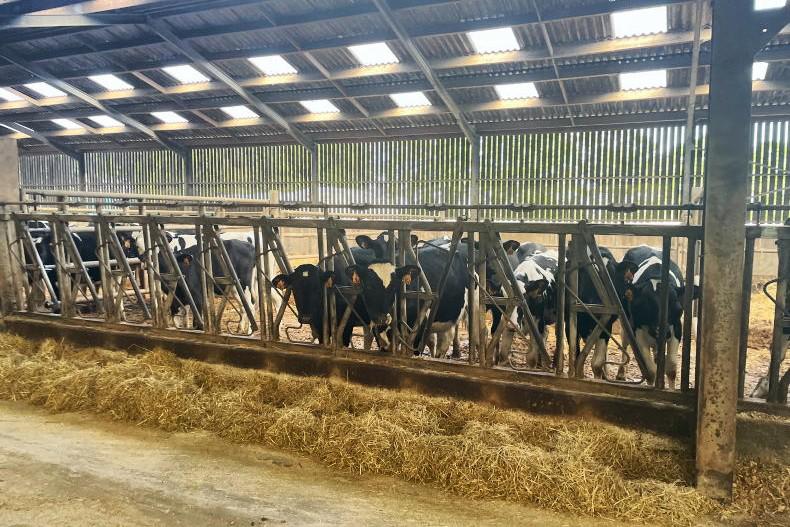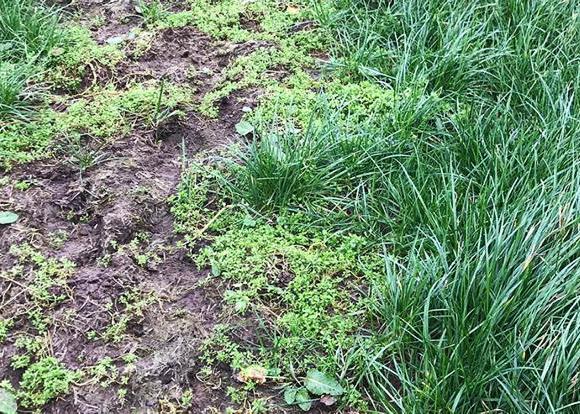Warmer and drier conditions have led to increased soil temperatures, which have helped to lift growth considerably.
Soil temperatures had been sitting stubbornly in the single digits for many weeks amid wet soils failing to dry out, but now, with higher air temperatures and a lack of rainfall, paddocks have finally soaked away and growth has lifted as a result.
While April is traditionally the important month for controlling grass growth, this year it has been pushed into May.
With a surge in growth will come greater difficulty in maintaining sward quality in front of stock.
Yields for grazing
For dairy and cattle farms, pre-grazing yields should run at around 1,300kg to 1,400kg DM/ha, with sheep farms turning stock into paddocks ideally at covers of 1,100kg to 1,200kg DM/ha.
The reason for the higher pre-grazing yield is due to intake capacity. While a cover of 1,100kg DM/ha is higher in energy than 1,400kg DM/ha, cows will be unable to physically eat enough grass to satisfy their needs at the lower covers.
Controlling grass covers is dependent on growth and demand. Where growth exceeds demand, there will be a surplus of grass and covers can push up above ideal pre-grazing yield.
Farms can either skip a heavy paddock and mow it out straight away at 1,500kg to 2,000kg DM/ha or they can close up a paddock long term for cutting alongside first cut.
The former works well for heavily stocked farms, as if growth was to suddenly drop, the platform size remains the same, while the latter works better for lower-stocked farms, as it prevents the need to mow out some paddocks weekly by artificially increasing the stocking rate.
Weed control
With good grass-growing conditions comes good weed growth. Caution needs to be taken surrounding cutting or grazing paddocks post-spraying, with manufacturers' guidelines surrounding sufficient rest periods between the two actions strictly adhered to.
With regard to spot spraying or broadcast spraying, a good rule of thumb for larger weeds such as dock, thistle and ragwort is to use spot spraying where persistency levels are below 15%. Be sure to check that the product you are using is suitable for spot spraying.










SHARING OPTIONS